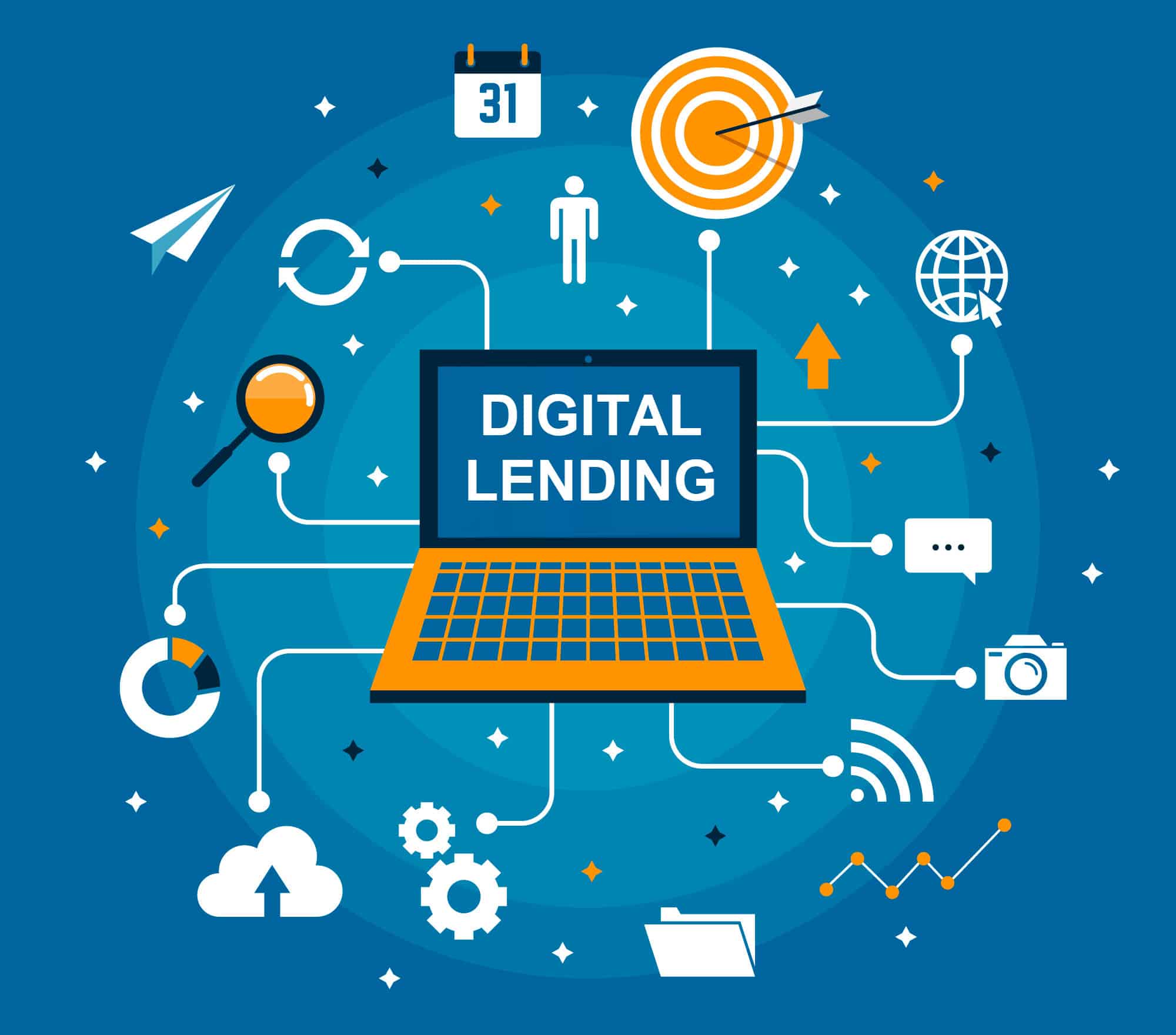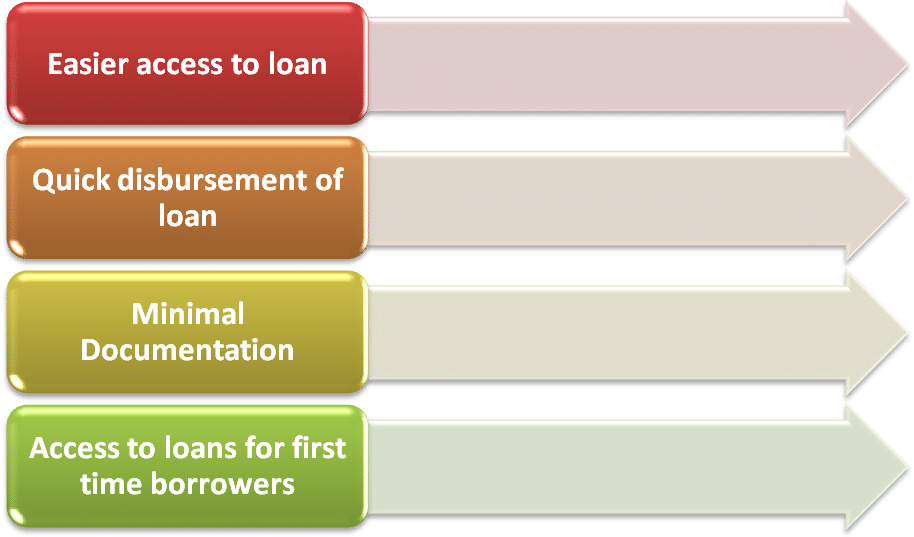Free Courses Sale ends Soon, Get It Now


Free Courses Sale ends Soon, Get It Now



Disclaimer: Copyright infringement not intended.
Context
What is Digital Lending?
Benefits of Digital lending

New norms
Future of Lending Is Digital
https://epaper.thehindu.com/Home/ShareArticle?OrgId=GM4A4S5V5.1&imageview=0
© 2024 iasgyan. All right reserved